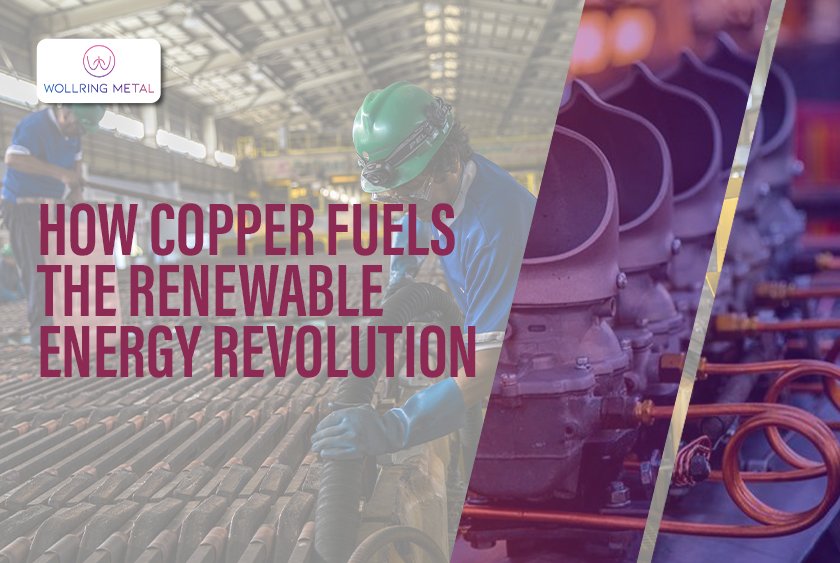Renewable Energy Sources: Powering a Greener Future
As climate change becomes an urgent global issue, the shift toward renewable energy has become more than just a trend — it's a necessity. With the increasing demand for clean, sustainable energy, countries, businesses, and individuals are now embracing renewable energy sources to reduce carbon emissions, protect the environment, and create a more resilient future.
In this blog, we’ll explore what renewable energy is, the different types of green energy sources, their advantages, and why they matter in building a clean energy future.
What is Renewable Energy?
Renewable energy comes from natural sources that are continuously replenished by the Earth’s ecosystem. These include sunlight, wind, water, geothermal heat, and organic biomass. Unlike fossil fuels, which are finite and contribute to pollution, renewable sources offer a sustainable and clean way to meet energy needs without damaging the environment.
As the world moves toward sustainability, renewable vs nonrenewable resources has become a key topic. The difference lies in availability and environmental impact. Renewable energy is cleaner and more sustainable, while nonrenewable resources such as coal, oil, and natural gas are limited and environmentally harmful.
Types of Renewable Energy
There are several major types of renewable energy sources that are widely used across the globe:
Solar Energy
Solar energy is one of the most popular and accessible forms of renewable power. It captures sunlight through solar panels or mirrors and converts it into electricity. The advantages of solar energy include low operating costs, minimal maintenance, and zero emissions during energy production. It is ideal for both residential and commercial use.
Wind Energy
Wind energy uses large turbines to generate electricity from the natural movement of air. It’s especially effective in open, windy areas. Among the wind energy pros and cons, its benefits include scalability and low environmental impact. However, wind power can be location-dependent and may face resistance due to visual or noise concerns.
Hydropower
Also known as hydroelectric power, this form of energy harnesses the flow of water in rivers or dams to produce electricity. It’s a reliable and consistent energy source, but its environmental footprint must be carefully managed to avoid disrupting aquatic ecosystems.
Geothermal Energy
This source taps into the Earth’s internal heat to produce power. It’s consistent and highly efficient, although it's geographically limited to areas with significant geothermal activity.
Biomass Energy
Biomass energy uses organic materials like crop waste, wood, and animal waste to produce energy. It’s a renewable way to recycle waste into fuel while reducing landfill usage. However, it must be managed sustainably to avoid overuse of resources.
Importance of Renewable Energy
The importance of renewable energy extends far beyond energy generation. It plays a crucial role in reducing the effects of climate change, creating new economic opportunities, and promoting global energy security. By reducing dependence on fossil fuels, renewable energy helps decrease air and water pollution, supports healthier communities, and ensures a safer future for the planet.
Benefits of Renewable Energy
There are many compelling benefits of renewable energy that make it essential in today’s world:
-
Environmentally friendly: Produces little to no pollution
-
Sustainable: Never runs out unlike fossil fuels
-
Economically beneficial: Reduces energy costs in the long run
-
Energy independence: Less reliance on imported fuels
-
Health benefits: Cleaner air and water for communities
These benefits make renewable energy a smart and responsible choice for governments, businesses, and individuals alike.
How Renewable Energy Helps the Environment
One of the main reasons people are turning to green energy sources is the positive impact on the environment. Here's how renewable energy helps the environment:
-
Reduces greenhouse gas emissions, helping slow global warming
-
Minimizes air and water pollution compared to coal or oil
-
Conserves finite natural resources
-
Protects ecosystems and biodiversity
-
Supports sustainable land and water use
The shift toward clean power sources is essential for protecting natural systems and maintaining environmental balance.
The Future of Clean Energy
The future of clean energy is bright. With global investments in green infrastructure, innovative technologies like smart grids and energy storage, and stronger government policies, the renewable energy sector is growing rapidly. Solar and wind energy have already become more affordable and accessible, and further breakthroughs are expected in green hydrogen, energy efficiency, and carbon capture.
Sustainable energy solutions are not only helping fight climate change but are also reshaping economies by creating millions of jobs worldwide. From solar panel manufacturing to wind turbine maintenance, the renewable sector is full of career opportunities and innovation.
Final Thoughts
Transitioning to renewable energy sources is not just a choice — it's a responsibility. From solar and wind to hydro, geothermal, and biomass energy, these clean alternatives are key to building a greener, healthier, and more sustainable world.
Whether you're a homeowner considering solar panels or a business exploring green technologies, every step toward clean energy makes a difference. With continued investment and awareness, a clean energy future is within reach — and the time to act is now.
